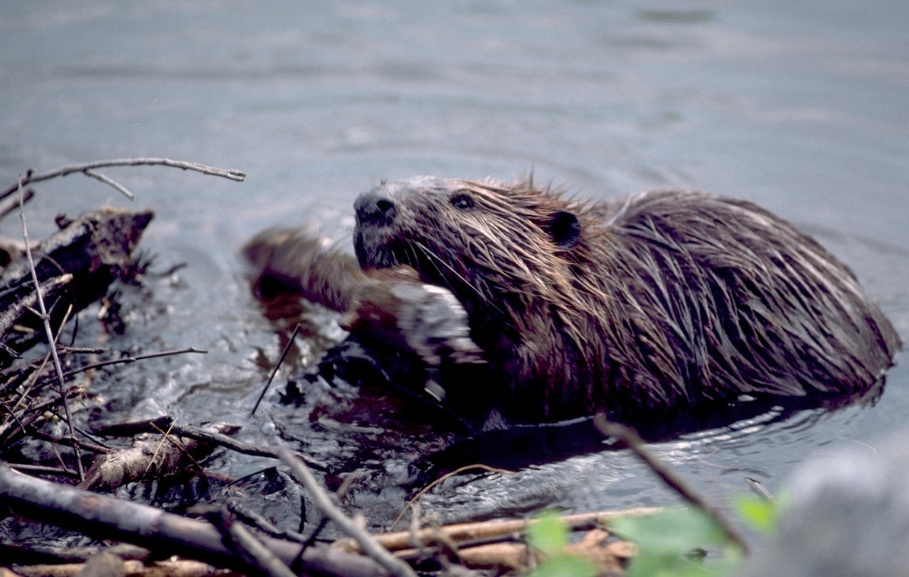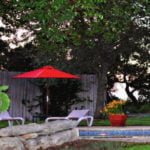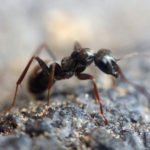“Beavers have bred — I will not save them! One harm from them. At the dacha, the garden was flooded, the road was washed away, the last trees were felled, the rivers were blocked. Are there any benefits from them at all, except fur?” So or so many people meet the appearance of a “new” beast, which was a rare species two decades ago and has just regained its former numbers. Maybe it’s really time to open the hunt for this harmful rodent? Let’s figure it out. But first of all, let’s get to know the “person involved” better.
How do beavers live
So, the river beaver is one of two species of a small family of beaver of the rodent order (the second species is the Canadian beaver, originally a resident of North America, was also introduced to Scandinavia in the twentieth century). He is not a typical rodent: large, more than a meter long and weighing about 30 kilograms, slowly reproducing, living for a long time — up to 15, and even up to 30 years in captivity.
But the beaver became famous not for longevity and not for marital fidelity (beaver couples persist for many years), but for amazing construction activities. Dams, huts, canals, tunnels — the diversity of the “infrastructure” of the beaver settlement is simply amazing. I am sure that readers know perfectly well why beavers have huts and dams, but just in case, let me remind you that he only eats plants and builds a dam not for fishing, but so that the entrance to the hut or burrow is reliably covered with water from predators.
By the way, the bark and branches of trees and shrubs are by no means his favorite food. In summer, when the flood meadows are overgrown with lush tall grass, it is the grass that the beaver eats. And he stores branches for the winter, melting them in the water near the burrow or hut.
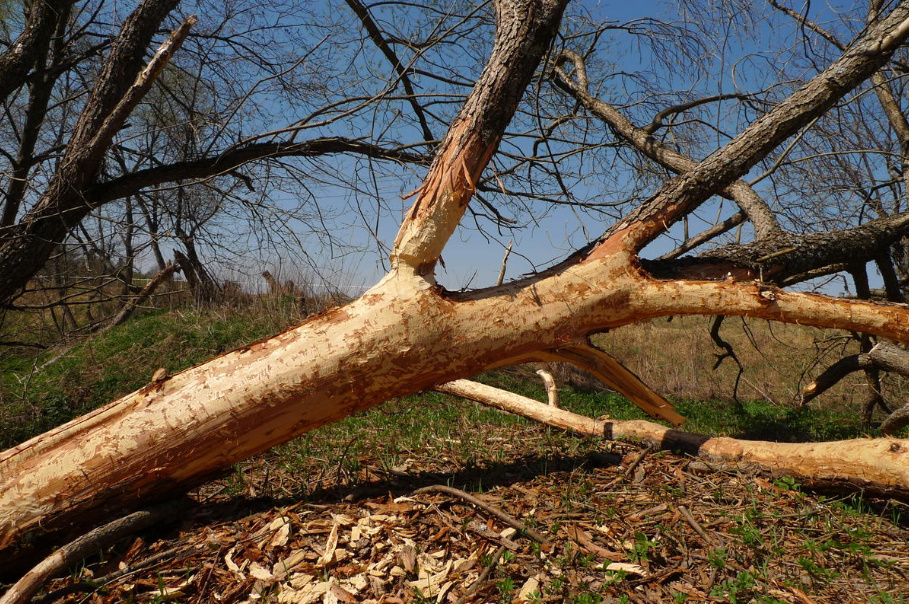
The ability to transform the habitat, rather than adapt to it, provides the beaver with almost complete safety from predators. But not from human greed. Ruthless fishing for valuable fur led to the fact that at the beginning of the twentieth century the species was on the verge of extinction. Emergency protection measures and the organization of nature reserves saved the beaver from complete extinction, but its number remained low for many decades, and the beaver was almost never seen outside the reserves.
Apparently, this is one of the reasons why many people now greet beavers who have returned to their ancestral habitats unfriendly: for many decades we have simply become unaccustomed to these amazing animals and the large-scale transformations of the landscape that they carry out.
And here we will talk about these transformations, their usefulness and harmfulness.
Why beavers are good
First of all, let’s deal with the very concepts of “harmful” and “useful”. This question is by no means abstract, there is a very clear answer to it: an increase in the diversity of species is good, a decrease is bad. And what is good about the diversity of species — yes, at least the fact that you do not want to live surrounded only by rats, crows and cockroaches. The good thing is that every weekend the townspeople go out to parks and forests to relax in the shade of mighty oaks, feed the tits and tell each other with delight about the elk they saw.
So, let’s look at the activity of beavers in the most natural habitat for them: on a small forest river. Here the rodents-loggers settled down over time lay a wide “clearing” along the river, and the river itself is transformed from a thin trickle of water into a cascade of ponds with swampy banks.
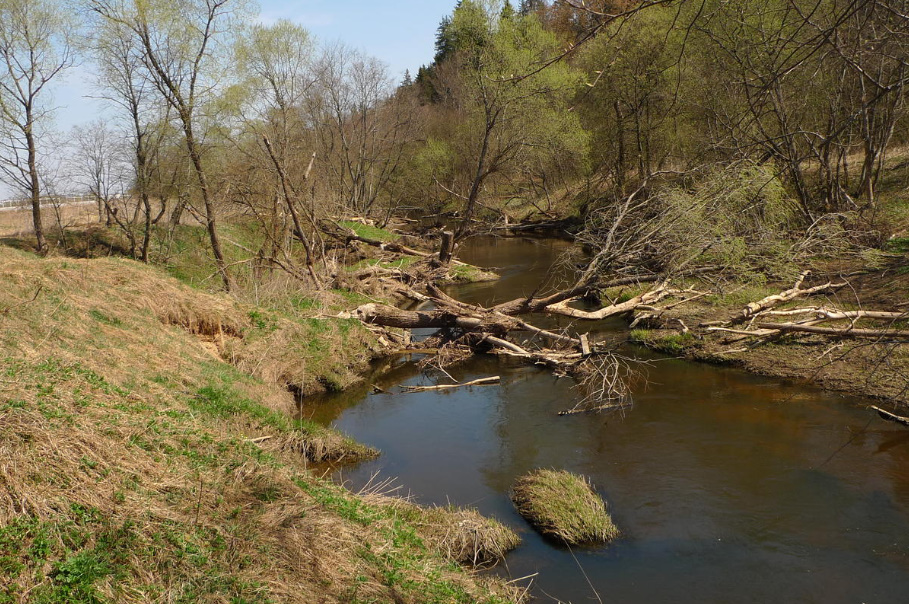
But don’t worry, the forest hasn’t gone anywhere: beavers don’t go far from the river. But a clearing with grasses and young growth has opened, where hares and deer can feed to their heart’s content; ponds have appeared in which toads, frogs, ducks, and countless aquatic invertebrates will definitely settle. Birds that do not live in dense forests or in vast meadows will nest.
In the resulting clearing, or, as botanists say, in the “window”, light-loving trees will begin to grow, which are shaded by shade-tolerant trees in a dense forest. The king of forests, the oak, is especially grateful to beavers. After all, on the one hand, he is very light-loving and cannot grow in the shade of other trees, and on the other hand, he grows slowly and in small “windows” among the forest often lags behind competitors. A large “window” created by beavers gives him a chance to survive — this is how riverine oak forests arise.
As you can see, only one kind of rodent creates favorable conditions for the life of many species of plants and animals. Ecologists call such species key, and the beaver is undoubtedly a vivid example of a key species.
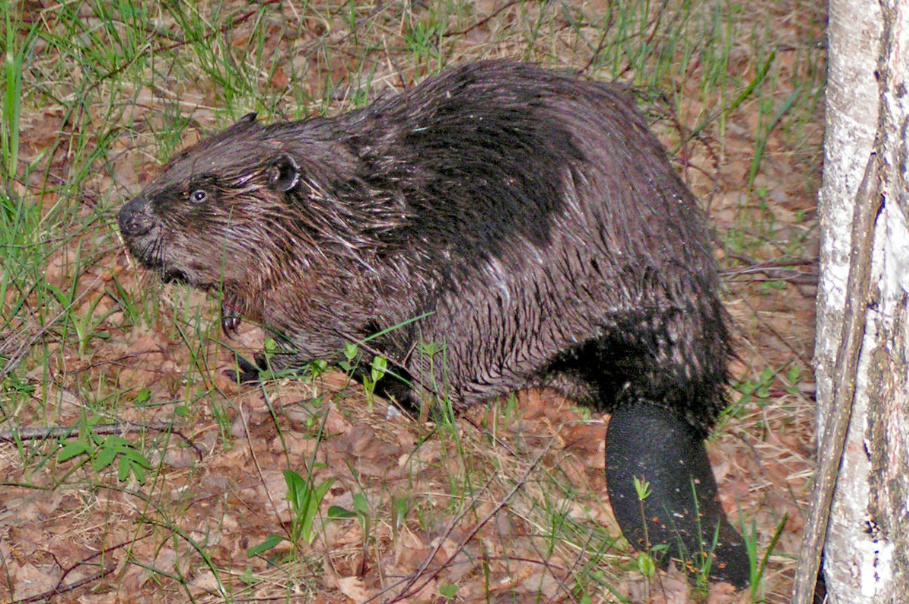
Well, you say, in the forest, the activity of the beaver is useful. But what about in those places where most of the territory is occupied by fields or meadows, and woody vegetation remains only in the form of narrow ribbons along rivers? What, let the beavers finish the last trees in the neighborhood?
Well, first of all, before angrily accusing beavers, let’s think: why did these trees become “the last in the neighborhood”? Aren’t people to blame for this? And secondly, let’s see what the beaver does in these conditions.
Beavers don’t stay in one place for a long time here: after eating the nearest trees and shrubs, they move to a new territory, leaving the exposed muddy bottom of the lowered pond (without the supervision of the owners, the dam quickly collapses). This place — devoid of weeds, which often prevents trees from growing even where people have left them the right to live — is quickly overgrown with riverine trees and shrubs. Where there were three willows, a whole grove rises. It turns out that if beavers create “windows” for light-loving grasses and trees in the forest, then in a sparsely wooded area they, on the contrary, plant forests!
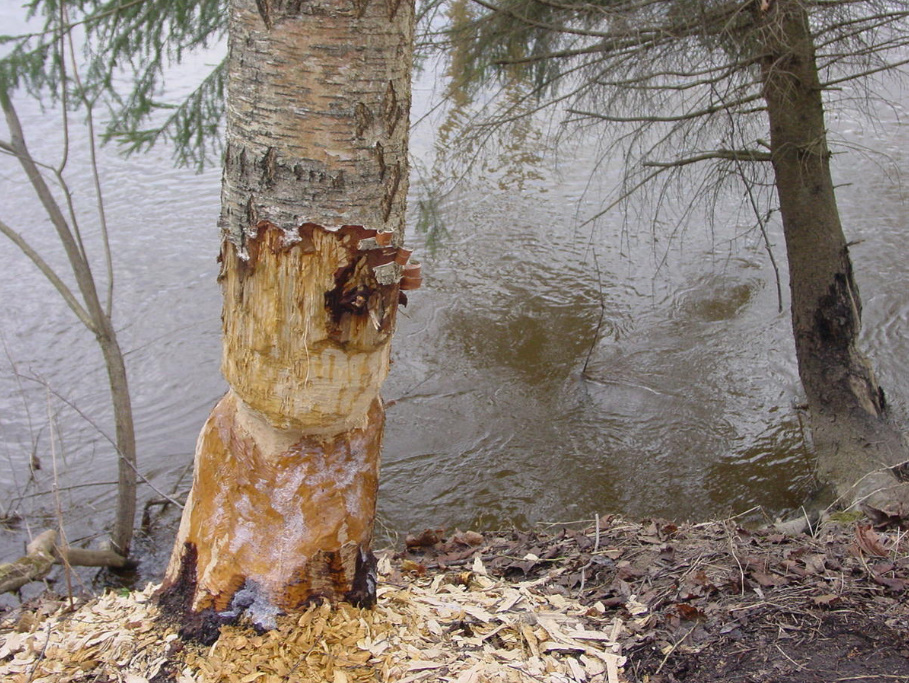
But the most important thing we should thank the beavers for is their active care of our rivers. Environmental scientists have found that during the twentieth century, when the beaver almost disappeared, many small rivers became shallow or dried up completely.
By building dams, beavers retain meltwater in the spring, reducing the scope of the flood, and create a significant supply of water that feeds the river throughout the summer. Due to this, the river does not become shallow, and the soil washed away from the fields is delayed by dams in the form of deposits of fertile silt. So, before you scold the beavers who flooded part of the fertile floodplain, remember that both the river and the rich floodplain soils owe much of their existence to these rodents.
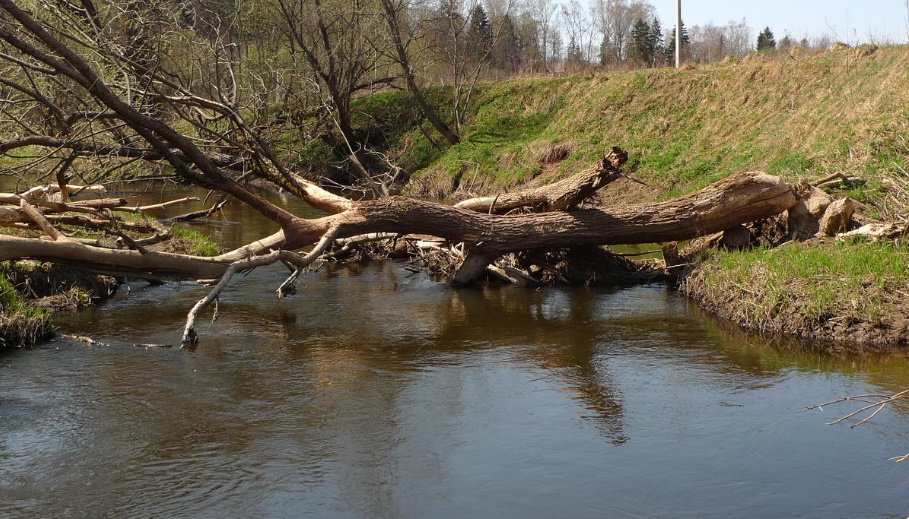
Of course, in some cases — if beaver buildings threaten the only bridge connecting a lonely village with the rest of the world, or in a large village where people simply have nowhere to plant vegetable gardens, except by the river — the presence of beavers is undesirable. That’s right, but it turns out that we are going to kill a living being just because we are too lazy to move the vegetable garden to a new place, strengthen the piles of the bridge or plant trees on an abandoned wasteland!
It was not the beaver who came to take over our possessions, but we seized his homeland without asking. And it’s time for us, the guests of this land, to learn to respect its owners.
